CANDY BARR

CANDY BARR

The Small-Town Texas Runaway Who Became a Darling
of the Mob and the Queen of Las Vegas Burlesque
TED SCHWARZ
AND MARDI RUSTAM

Copyright 2008 by Ted Schwarz and Mardi Rustam
All rights reserved. No part of this book may be reproduced in any form or by any
electronic or mechanical means, including information storage and retrieval systems,
without written permission from the publisher, except by a reviewer who may quote
passages in a review.
Published by Taylor Trade Publishing
An imprint of The Rowman & Littlefield Publishing Group, Inc.
4501 Forbes Boulevard, Suite 200, Lanham, Maryland 20706
www.rlpgtrade.com
Estover Road, Plymouth PL6 7PY, United Kingdom
Distributed by NATIONAL BOOK NETWORK
Library of Congress Cataloging-in-Publication Data
Schwarz, Ted, 1945
Candy Barr : the small-town Texas runaway who became a darling of the mob and
the queen of Las Vegas burlesque / Ted Schwarz and Mardi Rustam.
p. cm.
Includes bibliographical references and index.
ISBN-13: 978-1-58979-341-5 (cloth : alk. paper)
1. Barr, Candy, 19352005. 2. StripteasersUnited StatesBiography.
I. Rustam, Mardi. II.Title.
PN1949.S7S33 2008
792.702'8092dc22
[B]
2007046903
 The paper used in this publication meets the minimum requirements of
The paper used in this publication meets the minimum requirements of
American National Standard for Information SciencesPermanence of Paper for
Printed Library Materials, ANSI/NISO Z39.48-1992.
Manufactured in the United States of America.
CONTENTS

ACKNOWLEDGMENTS

With thanks to Jean Collins in the Literature Department of the Cleveland Public Library for revealing more about taking off ones clothes to music than I ever knew before.
ONE

Ladies and Gentlemen, Miss Candy Barr!
It was a time of transition in the music industry. The jitterbuggers and the bobby-soxers still moved to the big band sounds of Tommy and Jimmy Dorsey, Harry James, Benny Goodman, Cab Calloway, and so many others, though more often delivered by a disk jockey spinning records than the musicians themselves. Frank Sinatra, the skinny kid with the punks attitude and a way of delivering a song that brought girls to sexual ecstasy, was still packing the big theaters like the Paramount in New York. But radio had become the entertainment medium of choice, bringing with it shows such as Your Hit Parade to which teens could dance in the privacy of their homes. Transporting big bands from city to city had become too costly, especially since the tour dates had fewer and fewer customers. Some band leaders cut the size of their groups. Others retired. Increasingly young people decided that instead of paying to listen to their favorite singer perform live for just an hour or two, they would rather spend the same money on the singers records, playing them over and over until they wore out.
Las Vegas would change all this, the casino and hotel owners creating a city devoted to the glamour, the excitement, and the live entertainment that had mostly disappeared from cities such as New York, Cleveland, Chicago, Miami, and Detroit. But Las Vegas was just one city, a gradually evolving living museum dedicated to the excesses of the past. Vices that were criminal in forty-seven states were legal, controlled, and so safe to pursue throughout Nevada that the region seemed an amusement park for adults.
Television also altered the entertainment world, though at first no one knew quite how to use it. The producers relied in large measure on old-style vaudeville, cleaning up the acts for family viewing. Ed Sullivan, Jackie Gleason, Milton Berle, and Ted Mack, among others, hosted comics, dancers, singers, ventriloquists, and jugglers.
It was in the 1950s, during this period of transition, that a tiny Texas girl with no knowledge of the world at large began a career that would briefly bring her money, fame, and unwanted notoriety in cities she had previously never seen or never heard of. She was a dancer with a beautiful face, big breasts, and a body as finely tuned as a saxophone players horn. Her name was Juanita Dale Slusher, but the world knew her as Candy Barr, the last great dancer in burlesque.

Candy Barr never set out to entertain the ever-growing audience of teenage boys overwhelmed with adolescent hormones, old men having a last hurrah with one of their hands hidden under the handkerchiefs discretely covering their laps, and younger men wishing they could trade wives or lovers for the woman on the stage. She knew they came to see her take off her clothes, but she did not care about that. Having to strip was the price she paid to practice her skills as a brilliant improvisational performer. They werent there so far as I was concerned. I mean, I just went out there and entertained myself. We [the band and Candy] were doing a show.
And what a show it was! Other dancers used records to help them plan their acts. Three songs, approximately two and a half minutes each, would be played over the loudspeakers. The dancers, including Candy Barr, would come out in costumes. But no matter what they wore, the routine was the same. Dance for one to one and a half minutes, and then remove the skirt. While the second record plays, the blouse is removed, leaving only a mesh bra. The third record plays almost three-quarters of the way through before the dancer removes the mesh bra. The audience gets a glimpse of the dancer with just G-string and pasties before the record ends and she is off the stage.
Burlesque dancers usually moved with whatever style they had developed growing up. Some used jitterbug steps. Others had at least some lessons in tap dancing or ballet. Still others made up their dances as they went along. No one had the innovative brilliance of Candy Barr, who ignored the traditions of the dying art of burlesque.
Candy Barr shunned records, time limitations, and clubs that did not allow her to use a minimum of a half-dozen musicians. She preferred a full orchestra, but if the club owner pleaded economic necessity, she would work with just two players, one on sax and one on drums. However, those two players had to have the improvisational skills of Miles Davis and Charlie Parker, coupled with the musical call-and-response sensitivities of Cab Calloway. When Candy walked on stage, the audience might be unaware of what was coming, but the musicians knew that they were in for a long, innovative ride that might last forty minutes or four hours.
Next page

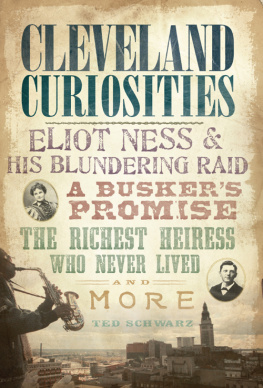

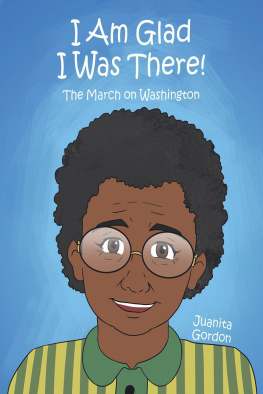
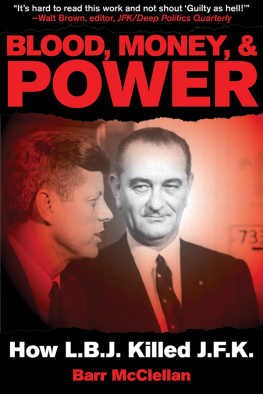
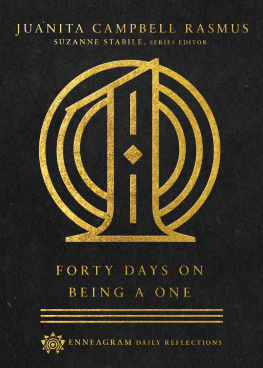
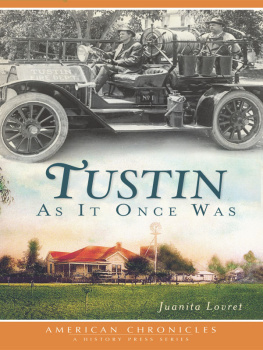


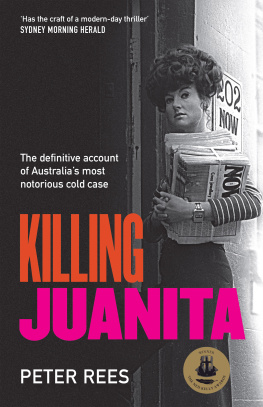
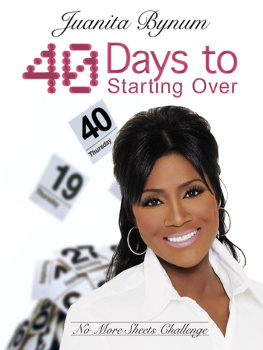



 The paper used in this publication meets the minimum requirements of
The paper used in this publication meets the minimum requirements of
